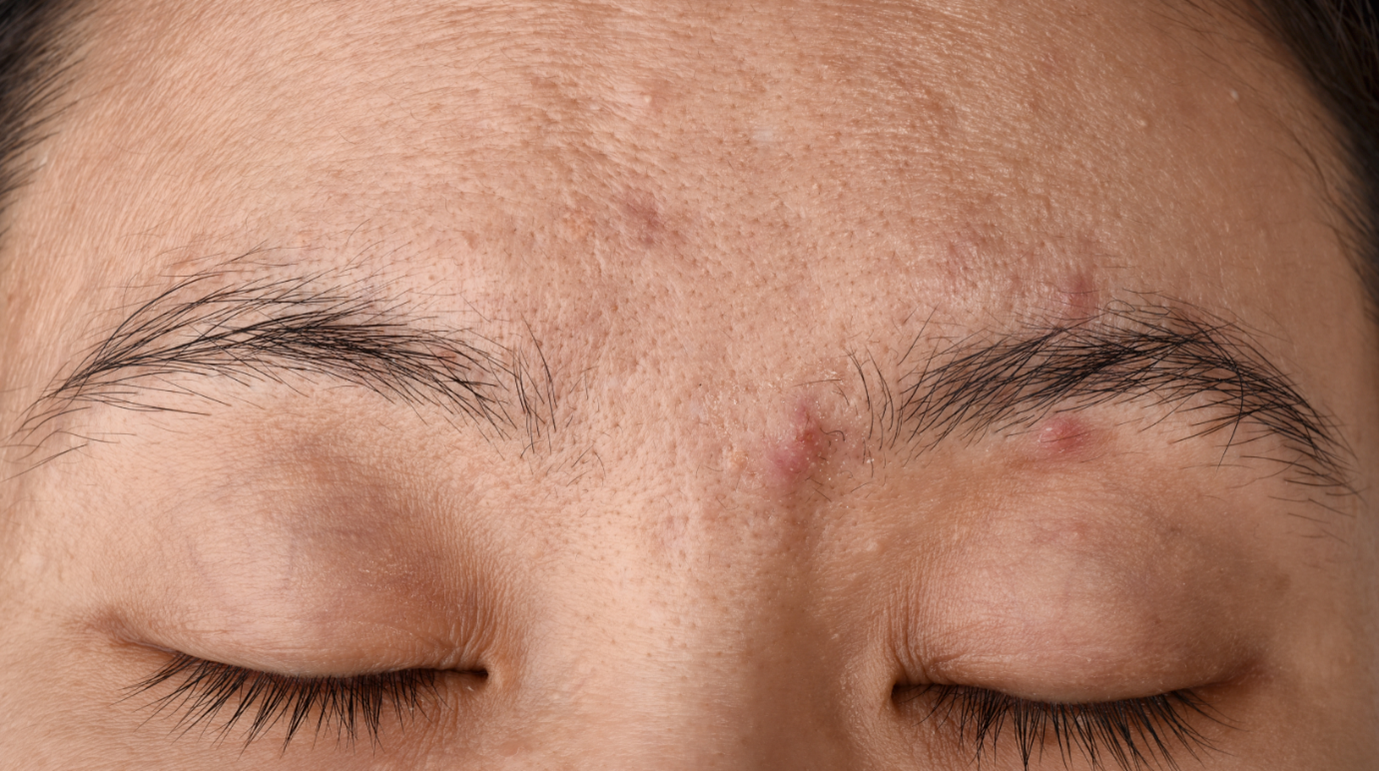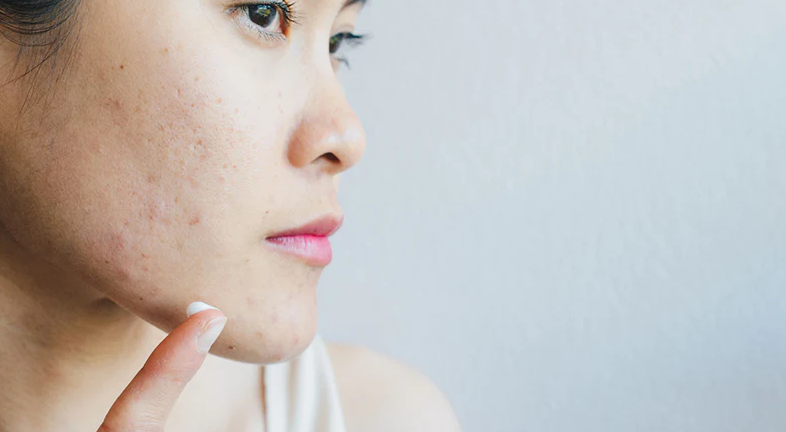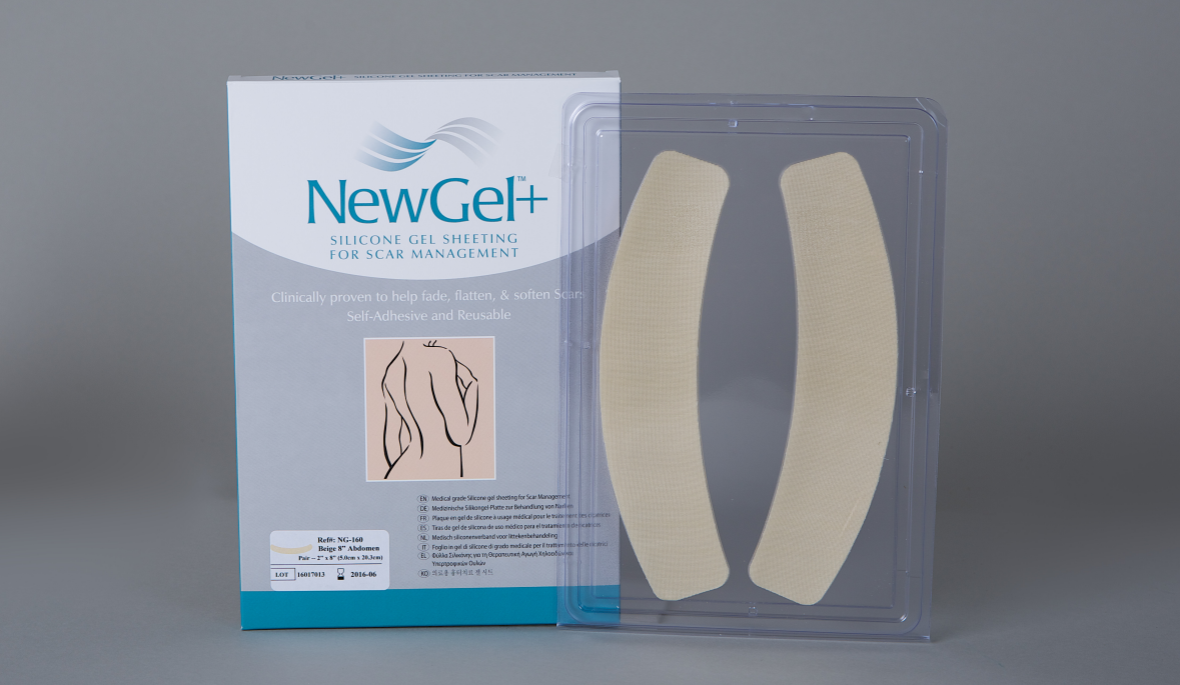It is sometimes believed that exposing a scar to sun may even out the colour of it, reducing the visibility of the scar. People have attempted “tanning” their scars to achieve camouflaging them. Sun exposure, though, is the absolute last thing that your scar needs.
WHAT MAKES A SCAR VULNERABLE TO THE SUN
The fresher the scar is, the more vulnerable it is too harsh UV rays from the sun. These ultraviolet rays will only further harm your new scar, especially if it is still pink and healing. A scar at this beginning stage will burn much easier than other areas where your skin is not scarred. If you allow a new scar to be exposed to prolonged amounts of sun, the inflammation of the healing tissue with the exposure to UV rays can cause post inflammatory hyperpigmentation.
Also known as inflammatory disorder of the skin, it causes an increase in pigmentation within the scar. While this is something that occurs more often with darker skin colours, it can happen to anyone. The pigmentation development tends to be more pronounced in individuals who have longer exposure to the sun and the effects can be irreversible.
To understand the connection between sun and hyperpigmentation, we must first understand the correlation between melanin and hyperpigmentation.
WHAT IS MELANIN?
Essentially, melanin is colour. It is between a dark brown and black pigment. Melanin is what gives our skin tone and what gives colour to our hair, it is even responsible for the colour of our eyes. The job of melanin is to protect our skin from injury, and it works extremely hard to ensure our skin is safe from UV rays.
WHAT CAUSES HYPERPIGMENTATION
Unfortunately, UV rays can at times overwhelm the amount of melanin that we have in our bodies. When our skin is exposed to large amounts of UV rays the skin reacts by creating a buildup of darker cells that act as a protector in that specific over-exposed area.
When you have a new scar forming the skin is still pink and healing. This skin is extremely sensitive to UV rays and is very vulnerable to sun. The exposure to sun of this area will be too much for the melanin in your body to handle and there will be a buildup of the darker cells. This is when your scarred area will become hyperpigmented.
WHEN SHOULD YOU PROTECT YOUR SCAR?
During the first year of your scar it is highly important to take special care and pay special attention to the area. It is smart to apply NewGel+UV before leaving the house. NewGel+UV works best when applied fifteen minutes before the area is exposed to sun. Attempting to tan the scar to hide it is not a good idea. This could even lead to a more marked appearance of the area. It is important to keep in mind that all forms of skin injury can lead to hyperpigmentation if not cared for properly when the area is being exposed to sun. If your scar is something that you want to reduce the appearance of rather than enhance, it is best to protect the area from UV rays and sun damage.
WHAT HAPPENS IF MY SCAR IS BLACK OR BROWN?
If your scar appears darkened, you might already have hyperpigmentation. If you have read the above portions, you now know that this is from overexposure to sun when the scar was still fresh and healing. There are treatments to go about getting rid of the hyperpigmentation, however they are pricey and can take an extended period of time to begin working. In this case, prevention is much better than the cure option.
It is best to take actions against hyperpigmented scars now, rather than have to deal with the consequences later.
HOW CAN I PROTECT MY SCAR IN THE SUN AND PREVENT DAMAGE?
NewGel+UV is a new product available now in Australia. It is a silicone gel with SPF30 mineral sunscreen which helps to prevent hypertrophic scars and keloids while minimizing the risk of hyperpigmentation due to sun exposure.
NewGel+UV medical grade silicone is ideal for:
- Areas exposed to the sun, including face, neck, chest, arms, hands and for
- Use after Mohs surgery, biopsy, excision, laser treatments or facial plastic surgery.
It has 20% zinc oxide sunscreen–preferred by dermatologists over chemical sunscreens and does not irritate sensitive skin and does not block pores or cause blemishes on acne-prone skin.
Trust NewGel+ to soften, flatten, and fade your scar.
☎️ 1300 294 649 📧 sales@surgsa.com.au 👍 Supplying medical products to the healthcare market





